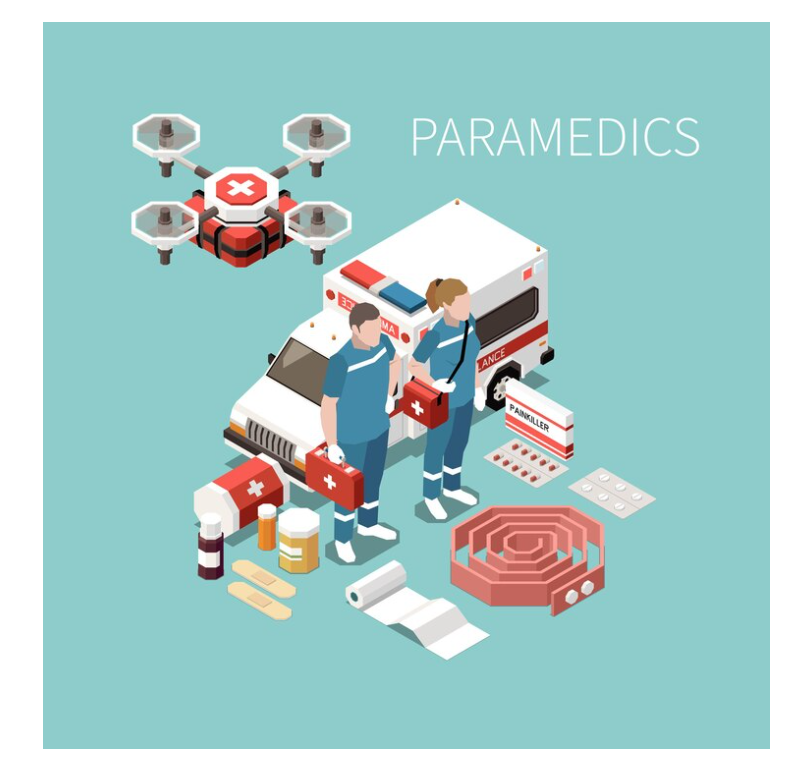
Types of Drug-Resistant TB: MDR-TB, XDR-TB, and Beyond
Drug-resistant tuberculosis (TB) is a growing concern worldwide. There are different types of drug-resistant TB, each presenting its own challenges and implications for treatment. In this blog, we’ll delve into the various types of drug-resistant TB, including MDR-TB, XDR-TB, and beyond.
Understanding MDR-TB (Multidrug-Resistant TB)
MDR-TB is a type of TB that is resistant to at least two of the most powerful first-line antibiotics: isoniazid and rifampicin. Consequently, this makes MDR-TB harder to treat. Patients often require a longer duration of treatment with second-line drugs. Additionally, these drugs are usually more expensive and can have more side effects, making management more complicated.
Exploring XDR-TB (Extensively Drug-Resistant TB)
XDR-TB is an even more severe form of drug-resistant TB. In addition to being resistant to isoniazid and rifampicin, XDR-TB bacteria are also resistant to at least one fluoroquinolone antibiotic and one of three injectable second-line drugs. As a result, treatment options for XDR-TB are limited. This often leads to higher rates of treatment failure and mortality, posing serious public health challenges.
Other Forms of Drug-Resistant TB
In addition to MDR-TB and XDR-TB, there are other forms of drug-resistant TB that, while less common, still pose significant challenges. These include pre-extensively drug-resistant TB (pre-XDR-TB) and totally drug-resistant TB (TDR-TB). Each of these is characterized by varying degrees of resistance to multiple antibiotics, complicating treatment strategies further.
Challenges in Treating Drug-Resistant TB
Treating drug-resistant TB is more complex and resource-intensive than treating drug-susceptible TB. Patients with drug-resistant TB often require longer treatment regimens. Moreover, they need more frequent monitoring and access to specialized drugs and healthcare facilities. The high cost of treatment, coupled with the limited availability of effective drugs, contributes significantly to the challenges of managing drug-resistant TB.
Conclusion
In summary, drug-resistant TB, including MDR-TB, XDR-TB, and other forms, presents a significant challenge to global TB control efforts. By understanding the different types of drug-resistant TB and the challenges they pose, we can better prioritize resources and develop effective strategies to combat this growing threat.
To seek medical advice, always consult a Doctor. Here are our recommended experts. Click here
To read more on Respiratory disease . Click Here


